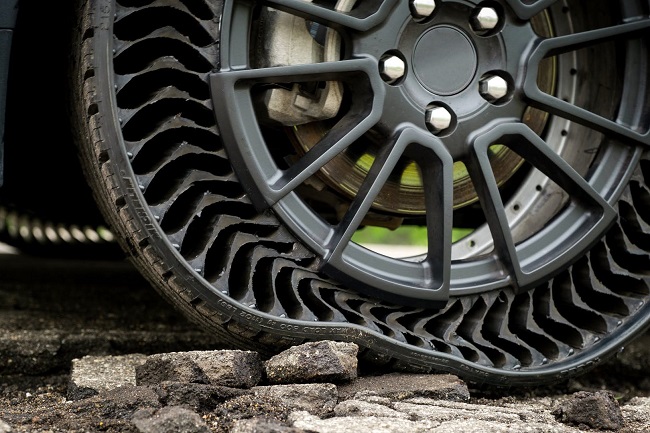Research: Vehicle Tire Particles Can Affect Fresh Water
About 1.5 billion tyres are produced each year to meet global demand, which results in the production of nearly six million tonnes of tyre and road wear particles globally. Tires are essential for transportation. Read more on Dynamite News:

Kelowna (Canada): Ever wonder what happens to tyre tread when a car's tyres lose their rubber traction?
According to new modelling by UBC Okanagan researchers, more microplastics--fragments from tyres and roads--are finding their way into lakes and streams.
Researchers from the UBCO School of Engineering created a conceptual framework to analyse potential contamination that results from regular vehicle use on roads and highways. According to their research, an area like the Okanagan releases more than 50 tonnes of tyre and road wear particles into waterways every year.
"The results are quite significant," says Dr Haroon Mian, a UBC Postdoctoral Research Associate and study lead author. "It's especially alarming considering that this microscopic waste can contaminate our freshwater sources."
About 1.5 billion tyres are produced each year to meet global demand, which results in the production of nearly six million tonnes of tyre and road wear particles globally. Tires are essential for transportation.
Both vulcanised natural rubber and synthetic rubber are regarded as types of elastomeric polymers that contribute to microplastics.
Also Read |
Clash between IND vs PAK: Hockey World League Semi-Final
Dr Mian claims that contamination is a problem that extends beyond rubber.
He explains that all of those materials eventually start to degrade and may release chemical additives that have an impact on aquatic species.
The majority of tyre and road wear particles are dispersed across roads and eventually end up in aquatic environments, though some of the materials do end up in the atmosphere.
Read also: New Delhi issues advisory on hate crimes against Indians in Canada
According to the findings of his study, nearly 15 tonnes of tyre and road wear particles can enter lake surface water annually.
He emphasises that this is a local issue as well as a global one. According to his local research, thousands of people pass by lakes like Okanagan and Kalamalka every day as they travel the highways that link the interior communities of British Columbia.
Also Read |
Palbinder Kaur Shergill becomes first turbaned Sikh woman to be appointed Canada SC judge
"This analysis focused on a small section of highway in the BC interior, but the findings suggest that other regions across Canada may experience the same challenges with this type of contamination," says Mian.
Read also: Sanjay Verma appointed India's next High Commissioner to Canada
"A more uniform and comprehensive management and treatment strategy must be developed to limit the possible environmental ramifications."
As part of his research, Mian also performed a scenario-based assessment to calculate the emissions of road wear and tyre wear while taking into account a number of real-time variables, including seasonal variations and environmental degradation of the road and tyre.
The report urges the adoption of tyre pressure monitoring systems, tyre wear labels, standardisation policies, and wetlands or roadside swales as secondary runoff treatment methods.
The study was published in the most recent issue of Science of the Total Environment. (ANI)
 Dynamite News
Dynamite News 